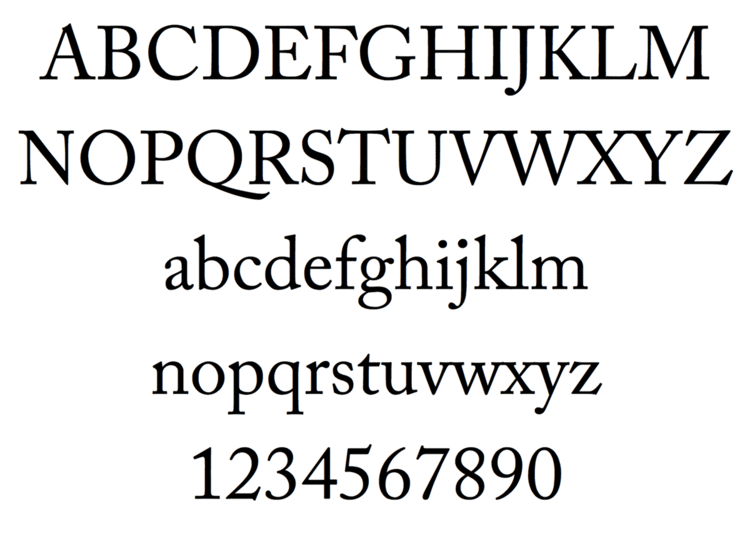

In this post, I have tried to elaborate on various factors to consider while selecting a font and discuss the top 10 fonts used by professional Graphic Designers. Professionals have an eye for detail that is why they know the importance of using a perfect type of font with a suitable size and formatting style.ĭesigners have individually defined a set of typography rules for utilising certain font types after thoroughly reviewing the project and planning the first draft. Getting into type design was not as easy as it is today. It can include a banner, logo design, slogans, front end of an online store, flyer, brochure, or anything that starts with an idea and extends to the artwork, geometrical shapes, signs, symbols, and fonts.Īmong various factors, the font has got a significant role in graphic design as it speaks on behalf of the entire composition. Caslon is named after the English type founder William Caslon, who designed the typeface in 1722. However, the advancement in web and mobile technology has created a useful tool for communicating messages productively to an audience. Graphic design was once limited to beautifying a document, a website, or an object for promotion and marketing. The F37 cut’s letterforms are distinguished by its large x-height, swashes, and discretionary ligatures.Top 10 Fonts Used by Professional Graphic Designers This means it has four weights, two widths, and three optical sizes-a total of 3 6 styles. What are F37 Caslon’s distinguishing characteristics? “The main distinguishing characteristic in our revival is the sheer amount of styles and flavors, making it very versatile,” says Banks.
#When was caslon font designed pro
The Adobe Caslon Pro font subfamily is Regular.Font designed by Carol Twombly and free for personal use.

“Alongside Helvetica, it was one of the first typefaces I remember as a teenager, so there is a huge nostalgia factor for me, given its longstanding influence on my choice of profession,” says its designer Rick Banks. Adobe Caslon Pro is the perfect font for all your fun designs. When it was first published, the font was so popular it was used on the first printed version of the United States Declaration of Independence. Inspired by Dutch Baroque type, Caslon was one of the first English typefaces ever made, created by London-born typographer William Caslon I, who founded the Caslon Foundry in 1739. Why’s it called F37? Pretty simple one, this: it’s the F37 rework of historical font Caslon. “I suppose creativity and the creative process are not always quick things, nor can they be forcibly rushed.” “Sometimes that’s the best way as it gives you time to reflect and provides repeated opportunity to keep tweaking and improving on the original concept,” says Banks. Another 1969 cut from David Farey inspired the team to create a “black” weight, and the most recent Caslon cut inspo was Leslie Usherwood’s Caslon Graphique from 1980, which informed F37’s “graphic” style.į37 actually began life back in 2014, but the first draft was left half-finished and largely forgotten about for years. In creating the extreme hairline version that F37 was looking for, it drew from the 1969 design created by Tom Carnase and used brilliantly by Herb Lubalin. Burfeind’s 1905 condensed version and were heavily informed by the “lovely swashes” from Sol Hess’s 1915 font. Of course, this isn’t the first rework of Caslon: it’s been revived numerous times over the years, and F37 looked to a few of their favorites in order to be able to “create lots of flex within the typeface and flush various styles through the cut,” says Banks. The F37’s founder, type designer Rick Banks, reckons that we’re seeing a lot of older serif revivals at the moment, “especially in start-up rebrands” as a “backlash to all the geometric sans over recent years.” Back Story: F37 Caslon is, as the name suggests, a new cut of the classic Old Style font Caslon.


 0 kommentar(er)
0 kommentar(er)
